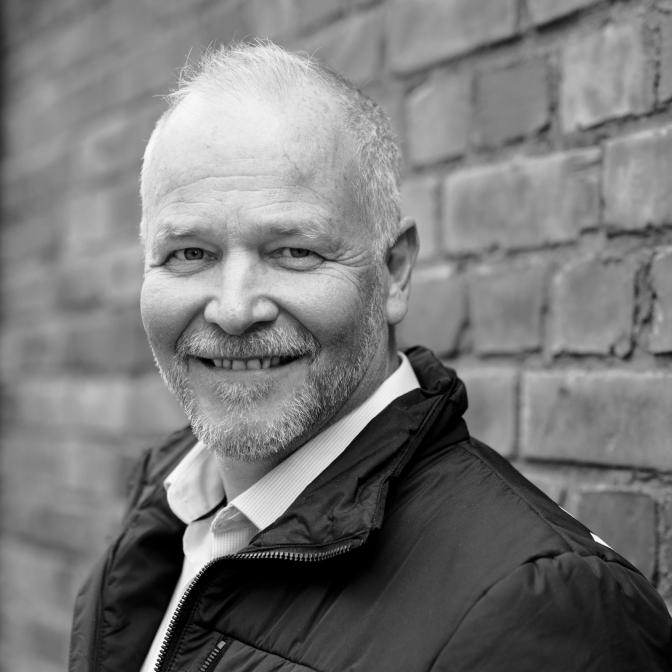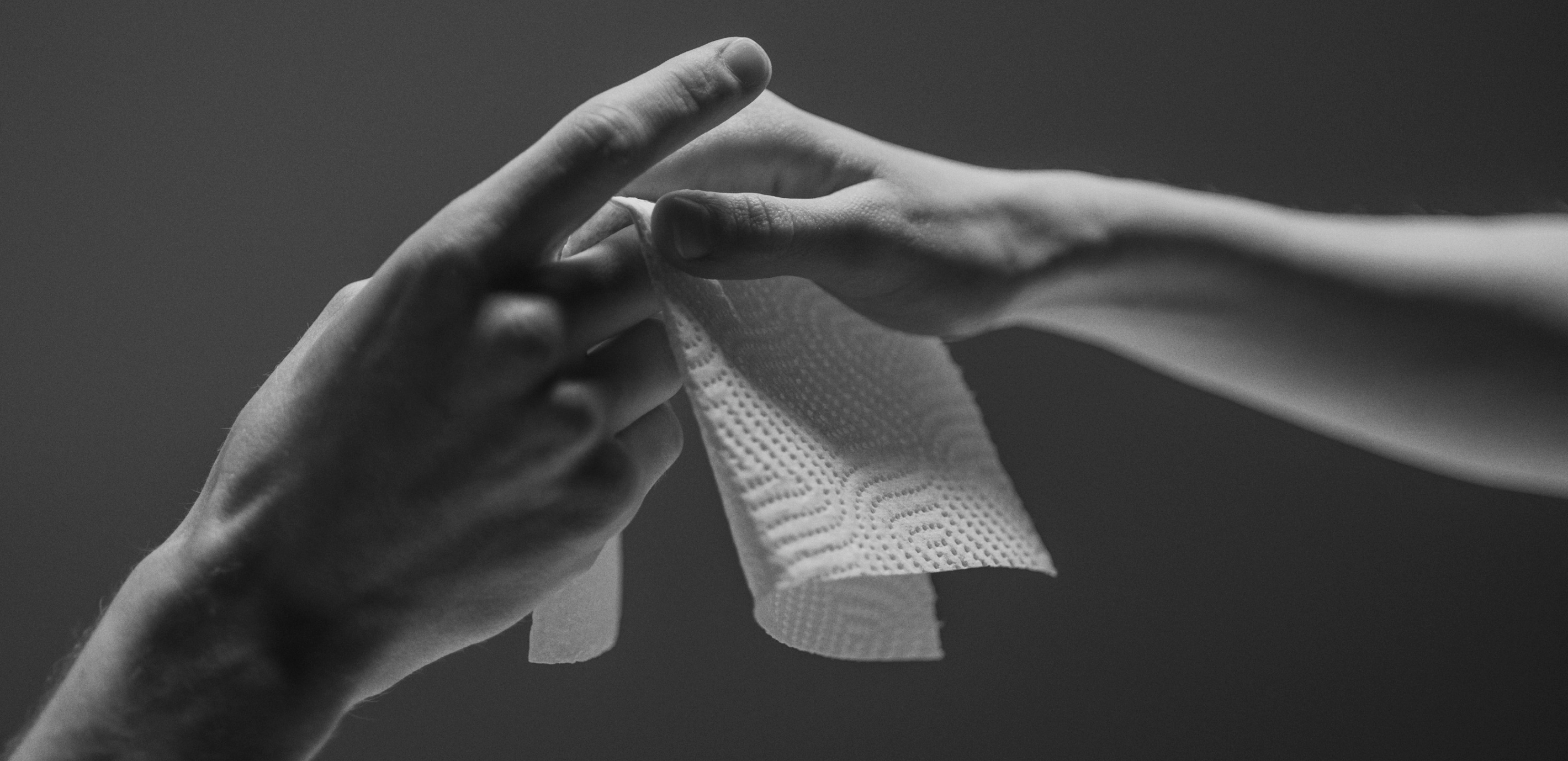A destination for each part
“Trees are cut into different parts in the forest, and each grade of wood has its own destination that generates the highest added value,” says Vesa Junnikkala, Sustainability Director for Metsä Group’s Wood Supply and Forest Services.
The solid base of large trees, that is, log wood, is the most valuable part of the tree, and our goal is always to maximise the share of log wood in the forest, as it provides raw material for wood products that sequester carbon for long periods of time.
“Moving up along the tree trunk, we get to the pulpwood part, which is used for pulp production,” Junnikkala explains.
In addition, pulp is obtained from thinning wood and from logs that are too thin or of inadequate quality to be used as log wood. Pulp, in turn, is used to produce various products that enhance our daily lives and replace fossil material.
Part of the daily lives of millions of Finns
Some of the most popular Nordic tissue paper brands are Serla, Lambi, and Katrin designed for professional use, which offer purity and comfort to millions of Finns and Scandinavians – in daily life as well as on more festive occasions.














